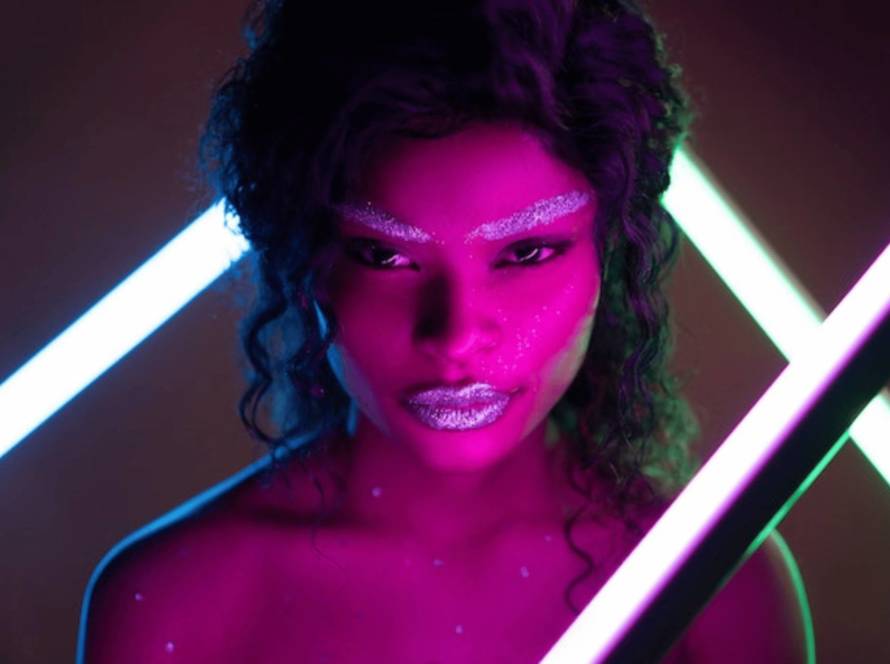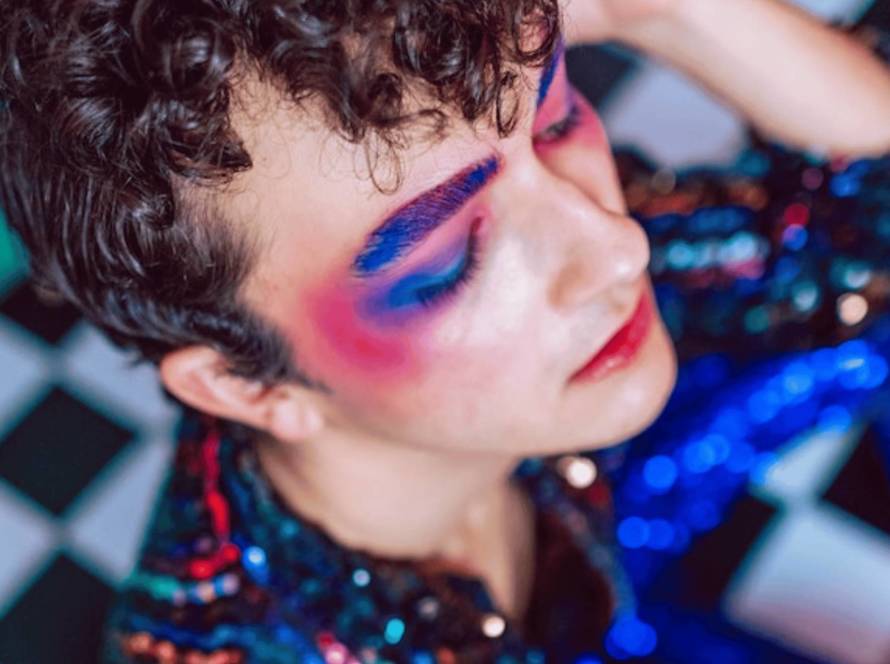As an influencer or content creator, being able to partner with brands is one of the best ways to grow your revenue and increase your influence. A polished media kit that displays the power of both yourself and your audience can go a long way in securing valuable brand collaborations. A good media kit demonstrates important details regarding what types of content you create, how large your reach is and how people are engaging with it – think of it as a resume for your brand. So then comes the question: what should be included in an effective media kit? Here’s some tips on creating one so you can start forging meaningful relationships with potential collaborators today.
Crafting a Succinct Brand Overview
As you outline your brand overview, be sure to include essential details such as your name, general location (city, state), brand identity, links to your social and digital channels, area of expertise and mission statement. Make a concise yet impactful first impression by using one or two sentences that effectively express who you are and what message your brand is about.
Include Audience Demographics
This part of your profile should include precise details regarding who exactly will be exposed to the brand’s message when working with you. This includes information such as their age, gender, location and interests. Be sure to back up any claims made about your audience by providing relevant data and statistics from your channels.
Highlight Your Reach
Provide brands with a view into your audience size, engagement levels and website hits. Showing evidence of the reach you can provide through screenshots and data from analytics will demonstrate clearly how successful product or service promotion campaigns could be. This information is critical in helping them understand just how far their investment may spread.
Showcase Your Content
Demonstrate your influence by giving brands a taste of the delights you can bring to their table. Provide samples of blog posts, videos and photos that demonstrate your unique style and versatility in content creation. This will help to leave a lasting impression on potential brand partners.
Include Testimonials and Case Studies
Showcase the successful outcomes of past collaborations and campaigns with glowing reviews from previous brands, along with screenshots of metrics that prove how your work has led to success. Quotes from brands you’ve worked with in the past are a great way to demonstrate this, as well as any learning experiences you’ve gained while working with other brands. By doing this, you’ll be able to confidently show off your influence in effectively promoting products and services to audiences.
Use the Right Keywords
If you want to stay ahead of the competition and make sure brands can easily find your media kit, making use of SEO keywords helps. Make sure that all relevant search terms are present in your media kit so you will be one of the first results when companies look for influencers or content creators.
Include Indicative Pricing
When creating an influencer media kit, you may want to include indicative pricing information. This allows brands to get a better understanding of the investment required for working with you and helps them decide if your services are within their budget. It also provides transparency in terms of what they can expect from their collaboration with you. By being upfront about your rates, you can help ensure that both parties are on the same page when it comes to negotiating expectations and goals.
Make it Visually Appealing
Your media kit should be visually appealing and easy to read. It should be professionally designed and easy to navigate. Use a design tool like Canva to create a visually appealing media kit, incorporating a good mix of text and images.
Creating a Cover Email
When sending out your media kit, it’s essential to include a cover email. This email should introduce yourself, explain the purpose of the media kit, and provide a brief overview of your brand and audience. Keep it short and to the point.
Following Up with Brands
After sending out your media kit, remember to follow up with potential brand partners. This follow-up email should serve as a gentle reminder of who you are and what value you bring, in addition to asking if they have any questions or would like to explore working together. By staying top-of-mind for brands and showcasing the advantages that come from teaming up with you, collaborations may become more likely.
Crafting an effective media kit is a must-have for influencers and content creators aiming to collaborate with brands. And while you’re waiting for brands to slide into your DMs, do the leg work to stay ahead of the trends.

